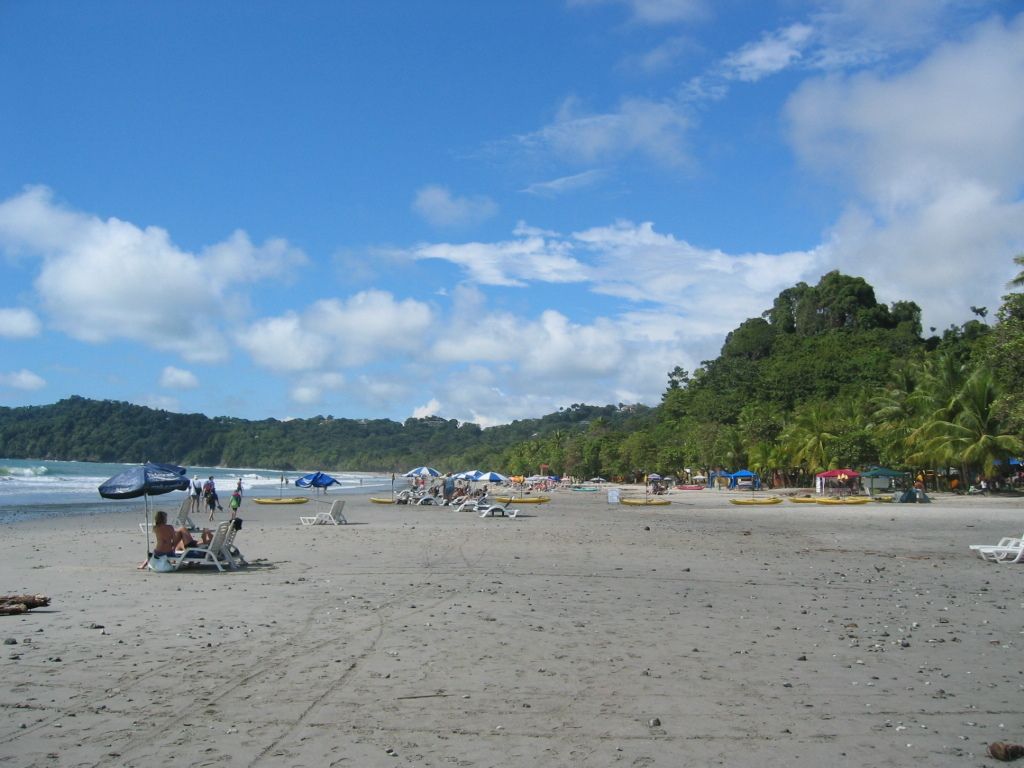Struggling with high tariffs on European wines? Discovering delicious alternate options from the United States.
Enjoying a tipple? You might be in for a shock if that sauvignon blanc or bottle of chianti hails from the Old World, as it'll soon feel the weight of a 200% tariff on European-made products. And it's not just the wine stores that'll feel the pinch – these new tariffs could send ripples through the entire food and beverage industry.
Last year, the wine market took an 8% dip in US sales, and the recent threat of yet more tariffs from President Trump has left the industry reeling. Frances Creighton, CEO of the Wine and Spirits Wholesalers of America, warning that "these tariffs, if implemented, won't just hurt our industry - they will directly raise prices for American consumers."
A huge 35% of revenue in the US alcohol market comes from imported wine and spirits, so these added expenses could have a significant impact on the price of your favorite cocktails and wines at restaurants or retailers. According to Creighton, rising costs could force some consumers to stay at home, hurting the bartenders and servers who rely on customer traffic for tips and shift hours.
But fear not, dear drinker, for there's hope for those who prefer their grape-based beverages to hail from the great US of A. Take it from Allison Luvera, co-founder, and CEO of California-based Juliet Wine: "Almost anything you can find in Europe, you can find an amazing equivalent here in the United States."
Part of the reason America manages to produce world-class wines is its vast geographical diversity. As Luvera puts it, the country has "pockets that match the great wine-growing regions in Europe." You just have to know where to look.
For instance, in 1976, wines from Napa Valley, California, stunned the world by winning both the red and white categories at the "Judgement of Paris" competition, besting legendary chateaux and domaines from Bordeaux and Burgundy in a blind taste test. And since then, American-made equivalents of red Burgundy wines have gained respect, with regions like Oregon's Willamette Valley producing Pinot Noirs with delicate, earthy, and fruity profiles that rival their French counterparts.

In search of a white Burgundy alternative, look for Chardonnay made in California, particularly Carneros, with its crisp, refreshing style reminiscent of the French original. For lovers of Sancerre, a Sauvignon Blanc grown in the Finger Lakes in New York might just hit the spot, with its bright acidity and minerality that echoes that of the French classic.
And while there's no exact substitute for Champagne, American sparkling wine producers like Schramsberg Vineyards in California use traditional methods and grapes to create a luxurious experience that's hard to resist.
In summary, while the US might not have a region that perfectly replicates the style of Champagne, the Willamette Valley for Pinot Noir, Carneros for Chardonnay, and the Finger Lakes for Sauvignon Blanc offer excellent alternatives. So pop open a bottle, grab a glass, and toast to the land of the free, home of the brave, and the land of fine wine!
But remember, dear drinker, if the tariffs on European wine take effect, it could be a tough time for everyone, from the farmers and producers to the retailers and hospitality workers. So let's hope that the industry can weather this storm and continue to deliver the delicious wines we love. Vive le vin!
- The tariffs on European-made wines could significantly impact the price of favorite cocktails and wines in restaurants or retailers, as up to 35% of revenue in the US alcohol market comes from imported wines and spirits.
- If the tariffs on European wine take effect, it could be challenging for everyone involved in the food and beverage industry, from farmers and producers to retailers and hospitality workers.
- While American-made wines may not perfectly replicate the style of some European classics, regions like Oregon's Willamette Valley for Pinot Noir, Carneros for Chardonnay, and the Finger Lakes for Sauvignon Blanc offer excellent alternatives that can provide a delicious wine experience, reminiscent of their European counterparts.








